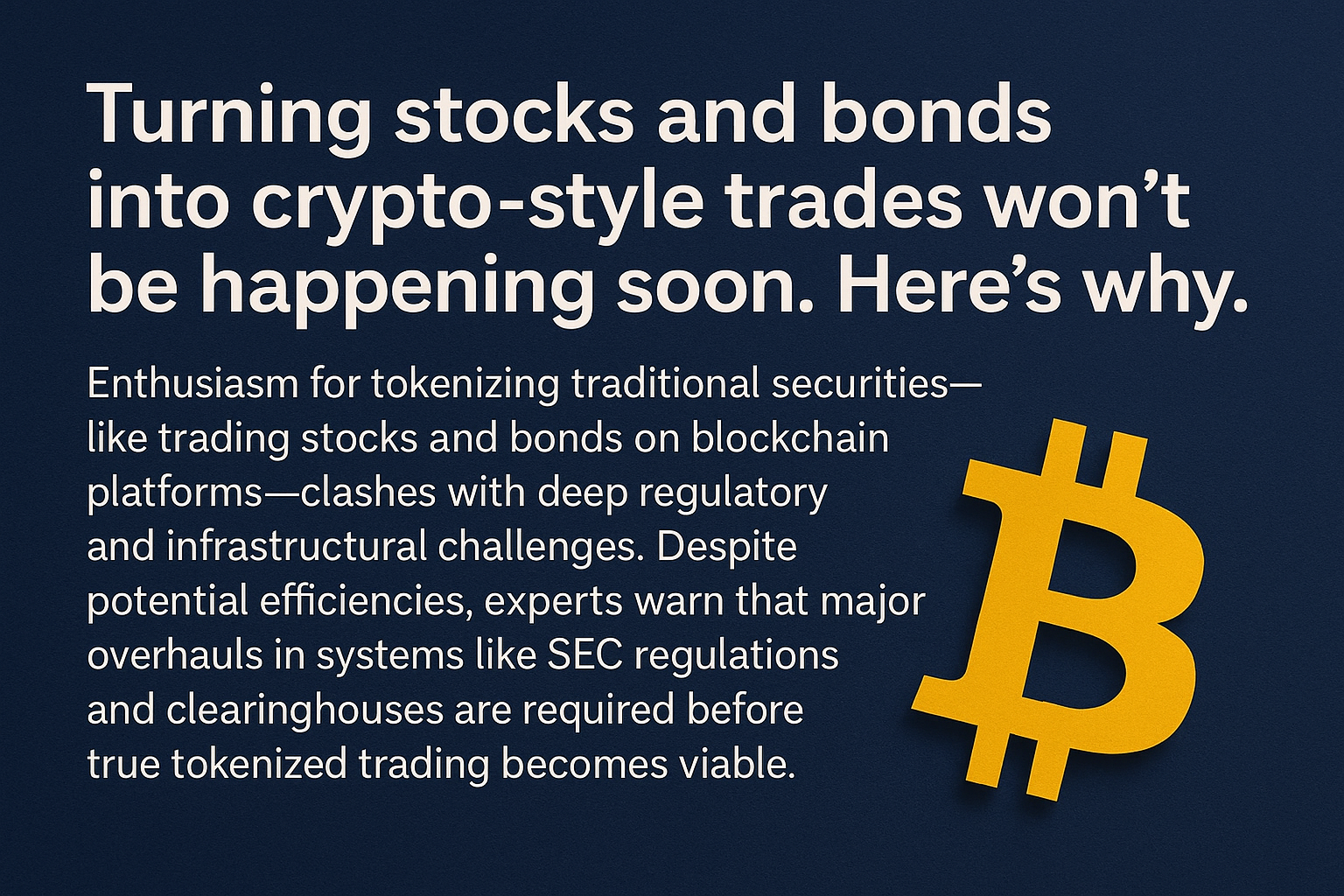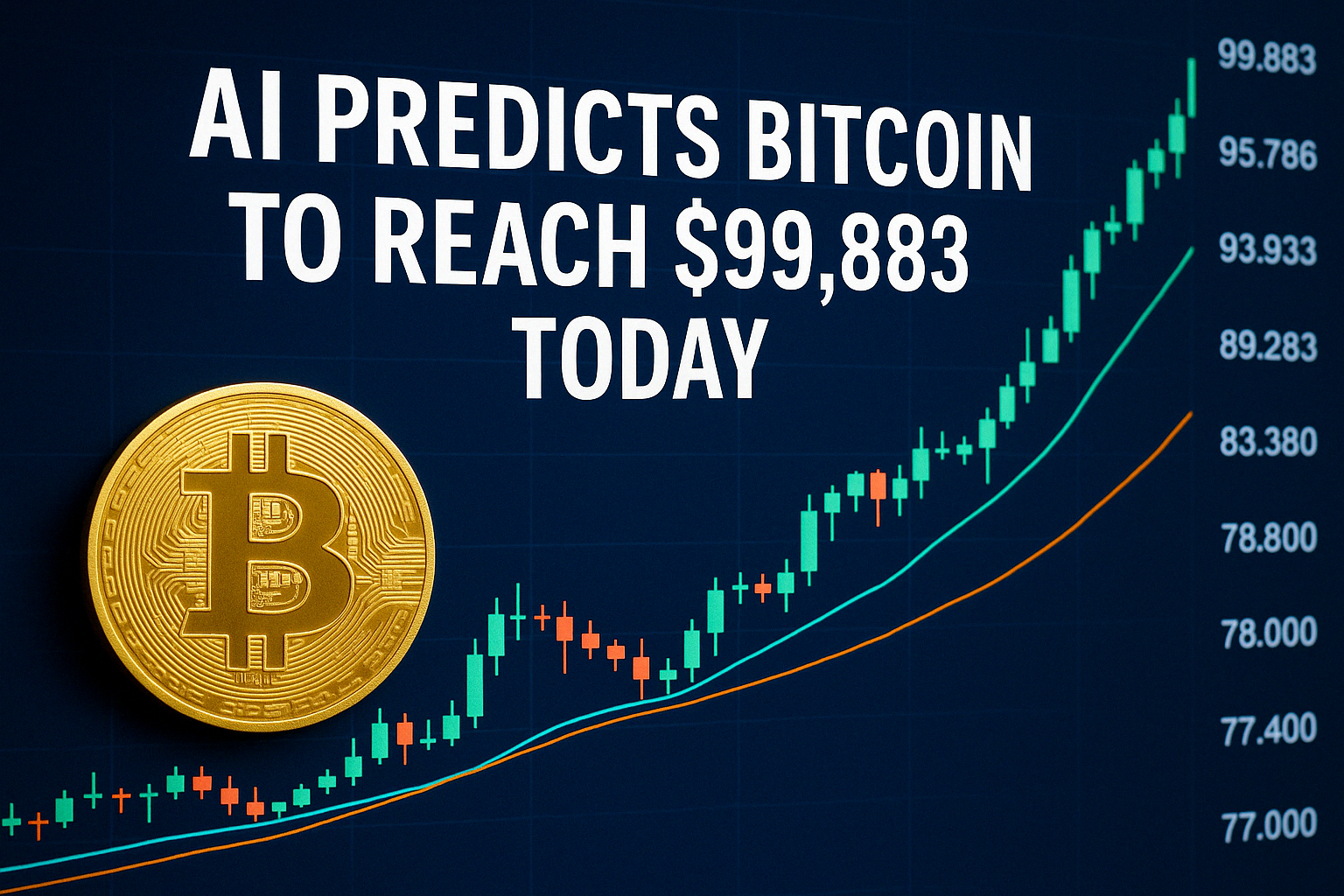In the past few years, the financial world has been buzzing about the promise of tokenization—the idea that traditional securities like stocks, bonds, and funds could be traded on blockchain platforms as easily as cryptocurrencies. Proponents envision a future where markets are faster, cheaper, and more accessible, with settlement times shrinking from days to minutes.
But here’s the reality check: while the technology is ready, the systems governing traditional finance are not. Experts say tokenized trading won’t arrive at scale any time soon, and for good reason.
Regulation remains the tallest barrier
Traditional securities are tightly regulated, especially in markets like the U.S. Any move to trade stocks or bonds using blockchain rails would require sweeping changes to frameworks overseen by the Securities and Exchange Commission (SEC), FINRA, and global equivalents. These rules are designed to protect investors and maintain market stability, but they also create massive friction for any innovation.
Tokenization would require not just new regulations, but potentially an overhaul of decades-old policies covering how securities are issued, cleared, and settled. Until regulators develop clear guidance, major institutions will hesitate to make bold moves.
Clearinghouses and custodians can’t flip a switch
Behind every stock trade lies a complex web of clearinghouses, transfer agents, and custodial banks. These middlemen ensure trades settle properly, but they’re built for traditional systems—not blockchain. To replace or integrate them with tokenized infrastructure would mean re-engineering core market plumbing, a multi-year effort involving hundreds of stakeholders.
Efficiency isn’t everything
Even if tokenization could cut settlement times and lower costs, markets aren’t always looking for speed at any price. T+2 settlement (two-day clearing) exists partly to allow time for risk checks and error correction. Moving too fast without equivalent safeguards could create instability, especially during periods of high volatility.
Innovation will come—but gradually
Some pilot projects have shown promise. A handful of institutions are experimenting with tokenized bonds and fractionalized equities in controlled environments. But these are isolated cases, not a blueprint for mass adoption.
In the long run, tokenization could reshape how capital markets work. For now, though, the hype is racing far ahead of the reality. Before stocks and bonds can trade like crypto, regulators, market infrastructure, and industry consensus will all need to align—a process measured in years, not months.




